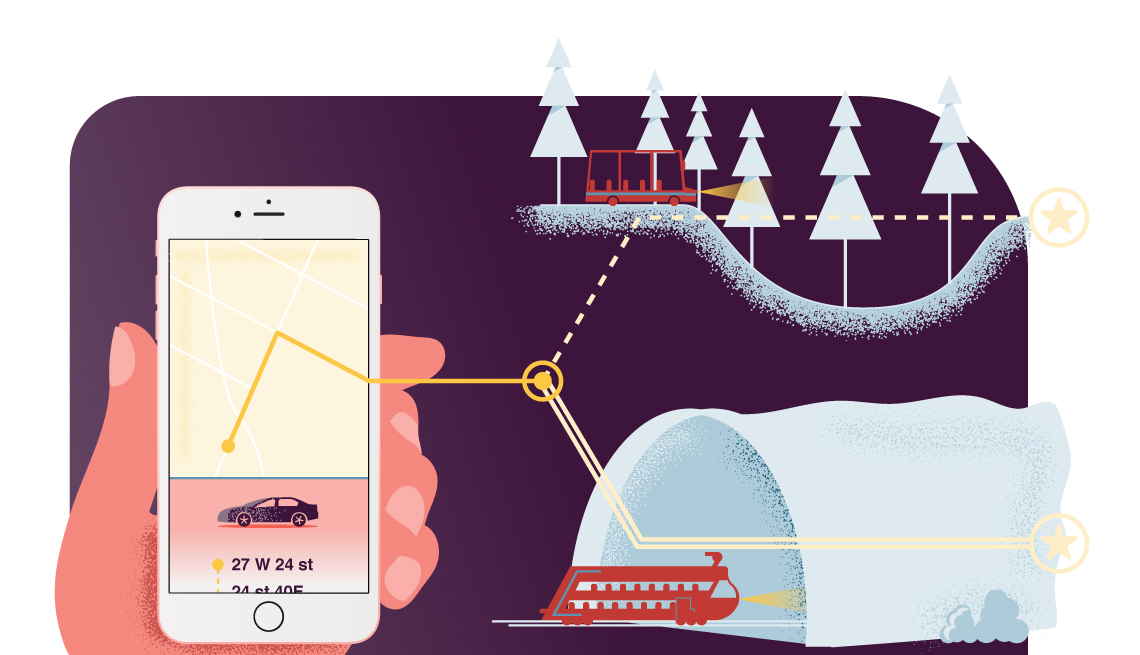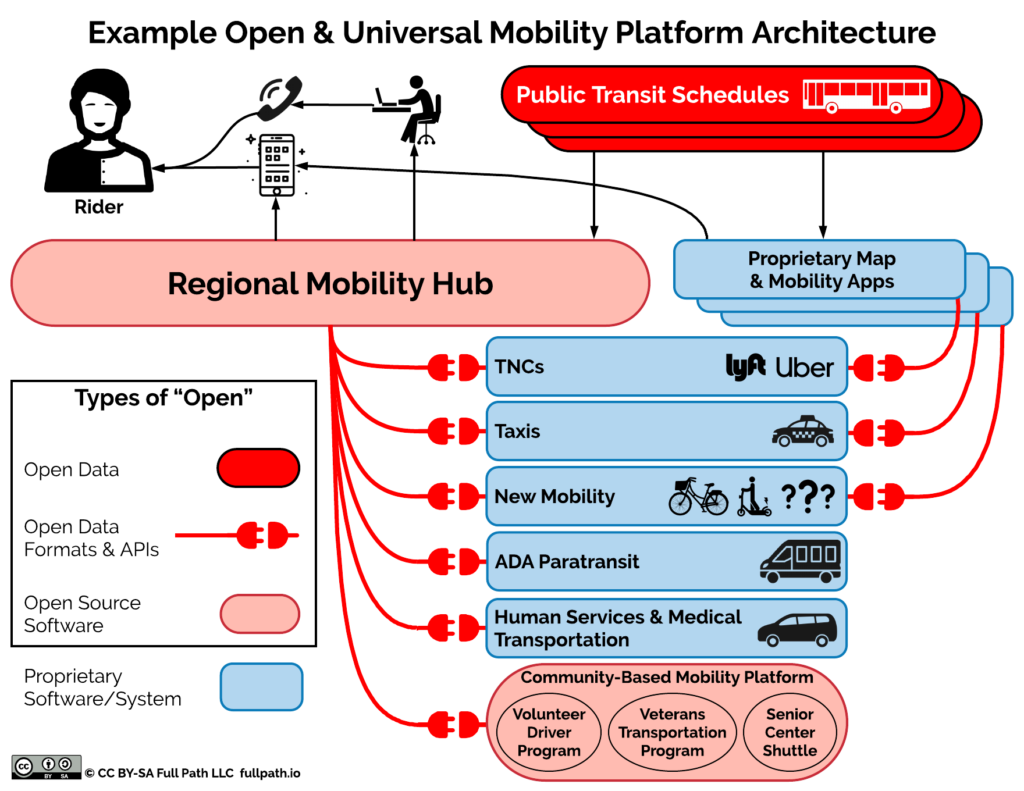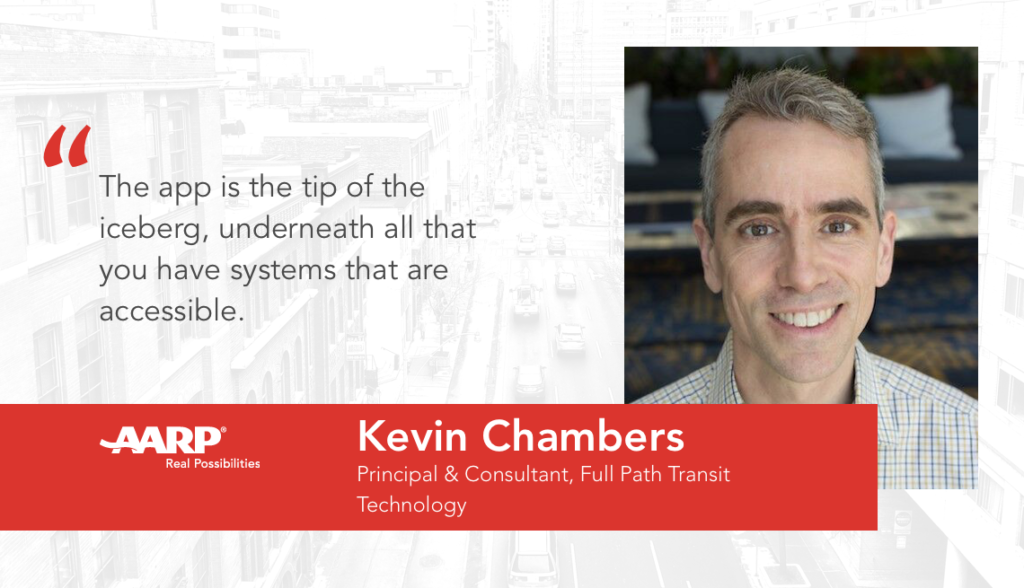AARP Hearing Center
The Devil is in the Details: Securely Sharing Transportation Data
By Kevin Chambers, December 14, 2018 12:02 PM

Hacks. Leaks. Theft.
Every week seems to have a new scandal about the misuse of data.
Yet, data — and its sharing — are the lifeblood of many of the technological innovations we see across every major industry. How you shop, eat, and even make friends has been completely transformed by data-driven technologies.
And transportation is no different.
For transportation systems to work effectively, they need to both collect information about users and relay accurate information to those users. This data impacts the availability, cost, and accessibility of any given mode of transportation.
For example, if several people in one place are interested in traveling to the same location, it is often cheaper for all users, and the service provider, to facilitate a shared transportation option. That solution requires technologies which make data sharing simple and secure for everyone involved.
To paraphrase Michael Pollan, the key to better transportation is to: Use technology. Not too much. Mostly open.
But What Does It Mean for Data to Be “Open?”
In this context, “open” really refers to three, sometimes overlapping concepts: open data, open formats, and open source. Data is truly open when service-related information is shared freely between various organizations or service providers. That might be transit agencies sharing information about the location and frequency of a bus or rail line that users need beforehand to get a picture of their mobility options. It could also be after-the-fact data about where riders have traveled, in what numbers, and how often. For this latter sharing of travel patterns, the data is shared at an aggregate level or is otherwise depersonalized so that your individual information is removed. This lets systems and public agency planners ensure that high traffic areas and times are properly serviced.

Yet, before this kind of data sharing is even possible, another type of “openness” must exist: open formats. Open formats ensure that the data is written or organized in such a way that different systems — private or public — can communicate with each other. If one system organizes data based on one geographic measurement and another system uses a different measurement, the data might be meaningless when shared. Open formats maximize the efficiencies of shared data and prevent unnecessary confusion for users.
The final type of “open,” is open source. Rather than a type of data, this refers to the underlying software platform that delivers or shares the data. With open source software, the source code is publicly available and often collaboratively developed. Open source software is contrasted with proprietary software developed and owned by a specific organization. While not completely necessary to develop a shared mobility platform, open source software can help connect multiple organizations’ proprietary platforms, support shared development of and research into rapidly evolving service innovations, and provide lower-cost software options for smaller organizations.
Now that we’ve addressed the types of data “openness,” we can look at the limitations. In the face of recent negative data stories, it’s more important than ever that platforms build the trust of users through strong data security. Whether location information, payment information, or anything in between, if a user doesn’t trust a service, they simply won’t use it.

Prioritizing robust data encryption, allowing users control of their personal data, and following relevant state and federal privacy laws will ensure that shared transportation platforms can provide the best possible service to the most people.
Taken together, the three aspects of openness, combined with strong data security, are key elements that can accelerate the pace of development of mobility as a service (MaaS). They also form part of a critical toolset to help ensure that MaaS platforms are designed not as insular systems oriented exclusively towards the most profitable and easy to serve riders, but rather as transparent, scalable ecosystems guided by universal design and community values of equity and social inclusion.
Kevin Chambers is a community transit technologist and a principal & consultant with Full Path Transit Technology, focusing on the intersection of technology, mobility, human services, and healthcare. Kevin was a panelist at the AARP Public Policy Institute Future of Transportation Solutions Forum and is a guest blogger for this series.
You may also be interested in other blogs in this AARP Public Policy Institute Future of Transportation series:































































